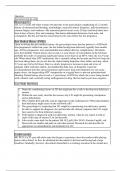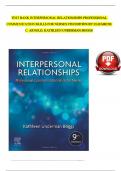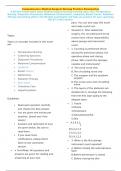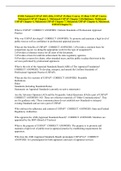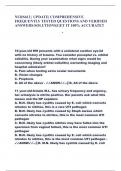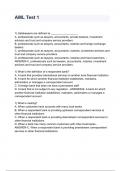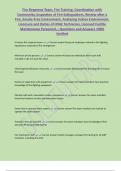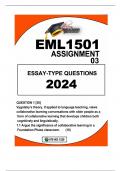Tentamen (uitwerkingen)
Hematopoietic: J.D. is a 37 years old white woman who presents to her gynecologist complaining of a 2-month history of intermenstrual bleeding, menorrhagia, increased urinary frequency, mild incontinence, extreme fatigue, and weakness. Her menstrual perio
- Vak
- Instelling
Hematopoietic: J.D. is a 37 years old white woman who presents to her gynecologist complaining of a 2-month history of intermenstrual bleeding, menorrhagia, increased urinary frequency, mild incontinence, extreme fatigue, and weakness. Her menstrual period occurs every 28 days and lately there h...
[Meer zien]
